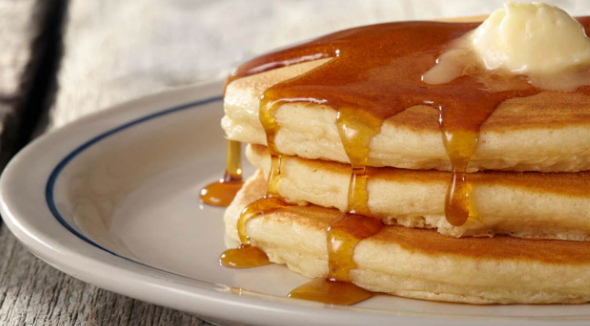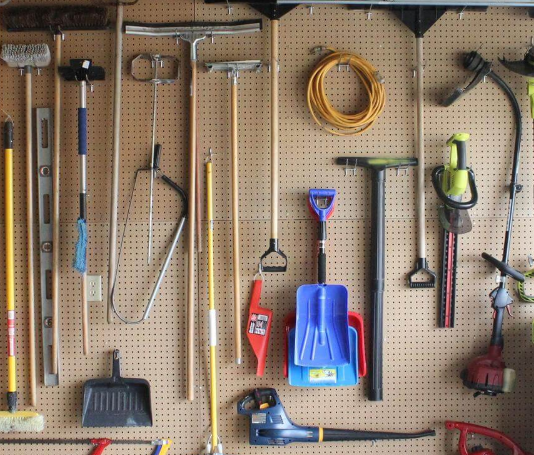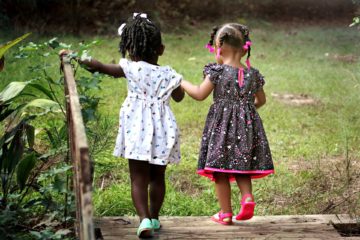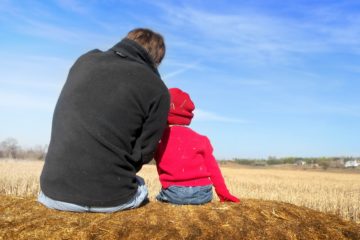Science and vocabulary are integrally connected; in order to create an accurate description of what we have discovered about an object or phenomenon we must use words that are precise and clearly defined. In early childhood science instruction, we are intentional about expanding student ideas about the world and how it works. Vocabulary provides the means to communicate these findings.
In our previous article, we covered the three tiers of vocabulary words. Today I will be sharing a technique for vocabulary instruction called That Reminds Me. But first a story…

“Tell Me What It’s Like!”
I used to work as an educator in a large science museum and one of the most academically challenging aspects of my job was teaching in the space science gallery. This exhibit was run by volunteers who had backgrounds in physics, geology, and rocket science. Their content knowledge was very deep, in fact it seemed they had forgotten what it was like to not know anything at all about the topic.
They LOVED to share their knowledge, but often I would have no idea what they were talking about. Once, I was on the receiving end of a 10 minute lecture about the spectral analysis of elemental emission lines and I just had to stop them. I said respectfully, “I don’t need you to tell me what it is, I need you to tell me what it is like.”
At the time I wasn’t really thinking about what I was asking; I just knew that I had lost comprehension and I needed them to use a different method to try to get me to understand. I now see that what I was asking for was a metaphor that would allow me to use the background knowledge that I already had to connect with this complex science idea.
By Any Other Name
I find the best way to teach about the use of metaphor in connecting to background knowledge is to ask readers to imagine a food item that is a bread that is flat and delicious.

Answers often include pita, tortilla, pancake, and naan. Debates erupt as to whether to include crepes (are they too thin to be considered a bread?) or matzo (does its crispness classify it more as a cracker?) But the point is that each person is using what they already know about the topic of flat breads and applying it to answer this question.
If I was trying to explain what a crepe was, I might say, ‘It’s like a very thin pancake.’ If the person had never seen a pancake, I would have to find out what type of flat bread was in their background knowledge in order to create a connection for them. If they are able to picture what a crepe is similar to, they have a better chance of storing that new word in their mind.
Installing Hooks
Though it may not be scientifically accurate sometimes I like to compare brains to pegboards. I imagine something like this:

Look closely at the picture above. What are the component parts?
We can agree, the board is important and the tools are important, but there is another player in this scene that is absolutely necessary for the whole system to work: the hooks.
To expand on the brain metaphor, I could have the most amazing tool (information) that I want to install on my board (brain), but if I don’t have a hook to hang it on…it will just fall to the ground. In this metaphor about using metaphors, the hooks are like background knowledge. They allow me to connect new learning to something that I are already familiar with, so that I am able to ‘hang on’ to that new information.
A lot of the work that we do in early childhood is to invite children to explore materials and opportunities that expand their ideas about the world and how it works. In other words, we are helping to install a lot of hooks on their boards! As they grow and advance in their education, it will be much easier for them to learn specific content knowledge if they have already had multiple experiences with a concept.

That Reminds Me!
Which leads me to our vocabulary technique of the day. Whenever I do an observation activity, we always play That Reminds Me. Here are the questions I use to guide this thinking:
- What does this object remind you of?
- What features make you say that?
- What is the item you named used for?
- Do you think this could be used for the same thing?
- Why or why not?
- How are the two things the same? How are they different?
Older students can do this work independently. It can be used as a literacy assignment and can help guide them in creating an inquiry question. For younger students, these questions can act as a probe to better understand what they already know about a topic in order to plan additional explorations.
Using metaphors and analogies can be a powerful way to connect new learning with a child’s background knowledge and can install the hooks necessary for them to add new descriptive words into their vocabulary.



0 Comments